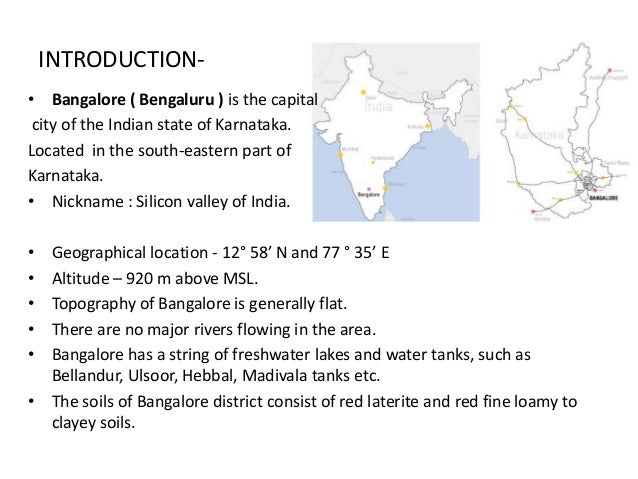

Though the overall grade of Manila in the GCCI is low, the city performs well in some individual categories.

Already, global business is beginning to plan strategy from a city, rather than a country, perspective,” said in the GCCI. “Well over half of the world’s population now lives in cities, generating more than 80% of global GDP. All the cities ranked in these reports collectively represent about 29% of the global economy, with a combined GDP of $20.2 trillion. The term “global city” refers to cities that are big contributors in the global economic system. Other countries such as China, USA, India, and Korea have multiple cities ranked in one or both lists. Manila is the only Philippine city included in the lists. Jakarta is ahead of Manila only in the GCCI. Neighbor cities Singapore, Hong Kong, Taipei, Bangkok, and Kuala Lumpur are ahead of Manila in both lists.

Again, New York City tops the list with a far 6.35 grade.Ĭategories for determining the grades in this report include:Īmong Asian cities, Manila ranks 30th out of 50 cities in the GCCI, and 15th out of 23 cities in the GCI. In the GCI, on the other hand, Manila ranks 51st out of 66 cities, and gets 1.49 out of 10. New York City tops the list with a 71.4 score.Ĭategories for ranking cities under this report include: In the GCCI, Manila ranks 85th out of 120 cities, with a score of 43.2 out of 100. These reports rank selected cities in the world based on parameters that indicate their development. Manila has found itself in the bottom half of ranking in two reports, the Global City Competitiveness Index (GCCI) and Global Cities Index (GCI), both released this year. MANILA, Philippines – The Philippine capital has some catching up to do, as it lags behind some neighboring cities when ranked in terms of importance in the global economic system.


 0 kommentar(er)
0 kommentar(er)
